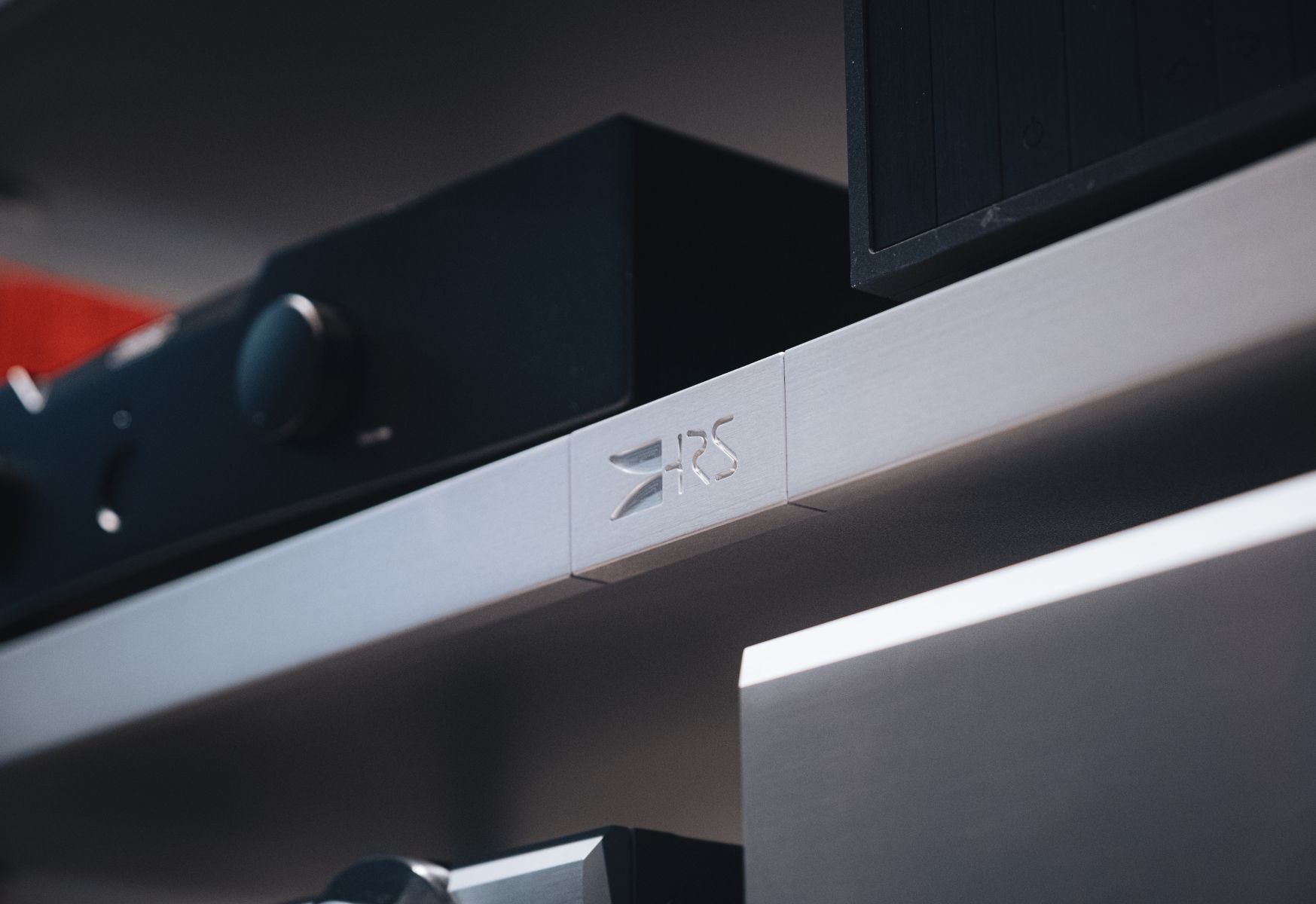Improving your Streamer
Streaming is ubiquitous in the modern hifi system. Everyone wants to maximise their potential from their hifi, and there's a couple ways to do it.
1. Get a better streamer - but this means spending a lot more money on another box just to replace the one you have (unless you have the Linn Selekt). Or
2. Improve the performance of your current streamer.
This can be done through a few ways:
- Better quality source content, e.g. Tidal or Qobuz
- Improved chassis control, e.g. HRS Damping Plates or Nordost Sort Kones
- Improving your network cable, e.g. Nordost Heimdall 2 Ethernet
- The last two ways to improve them is what we'll take a deeper dive in this article, namely a better network switch via the Nordost QNET and internal resonance control via the Nordost QPoint.
Internal Resonance what?
Without wanting to get too abstract, internal resonance control is simply a way of saying a means of being able to manipulate all the electromechanical resonances within a product. All the little transistors and resistors that make up your electrical boards inside your components have their own mechanical resonances, just like most things in life.

The QPoint emits a subtle field that manipulates the resonances, making it so they all mechanically vibrate in unison with each other. The goal of this is to eliminate internal electronic noise.
The easiest analogy we can draw is this metronome experiment conducted by Harvard university. We'll put a video below. Essentially, what this experiment is a visual representation of sympathetic resonance - the idea that in an area with lots of the same item, the one that is the strongest exudes control over the rest (e.g. in a party, the loudest one in the room gets all the attention).
In this video, there are 5 metronomes, all playing out of sync. They are connected by a piece of wood. The chap puts them on some metal cans to decouple the mechanical energy from the table (note, what you'll see does still happen even if its on the table, it just takes longer due to the mass of the table).
Over time, even though the metronomes all start out of sync, they start to fall into sync. There is one metronome in there, that although manufactured identically, is slightly wound tighter than the rest, causing the other four metronomes to fall into sync.
This stronger metronome is essentially what the QPoint is doing - exuding a greater electromechanical resonance over the unit, causing all the electrical components to fall into line.
Sonically, what we generally find happens when a QPoint is used on the streamer is that you'll hear more detail and the soundstage becomes more 3D. Quite an incredible little unit, and quite cost effective.
We do offer the option to take one home and try it, so be sure to check out the Nordost QPoint page to find out more, and get in touch if you'd like to arrange a home demonstration.
Switch With Less Noise
Your home router that you got for free or cheap from your TelCo might be good enough to play buffered signals like YouTube or Netflix, but if you're really wanting to enjoy music the way it was recorded, you'll need something better (put it this way, there's a reason why the Telco router is so cheap).
When it comes to network traffic, the switch is a critical part of ensuring you get the complete signal. A lot of sceptics say "the digital signal doesn't matter because it's just 1s and 0s". This is incorrect.
Think about the old school analog TVs. Those of you old enough to remember, it required you have an antenna on your roof. So you get the "cable guy" to come out, install it, and after some arbitrary jiggling, you got a decent picture on your TV. All is fine, then a few months later, your neighbour decides to build another level, or there's a water tower that's constructed in your neighbourhood. These buildings would get in the way of the analog signal, dropping the quality you got on your TV. But you still got a signal, just maybe not as clear.
In the digital world, because information is sent in packets of 1s and 0s, if you lose quality anywhere along the chain, that information is gone. Just, gone. Sure, there are checking processes between components to verify the validity of the signal and attempt to restore what was lost, but its always guesswork.
To minimise the loss, you need to have a better switch. That's where the Nordost QNET comes in. Its a high speed, multi-layered, impedance control switch that is specifically designed with audio performance in mind. And unlike most "audiophile" switches on the market, which are off-the-shelf standard switches with a simple upgrade, the Nordost QNET has been designed from the ground up. It was made for high-speed audio signals and produces an extremely low noise.

Just like the QPoint, we offer the option for people to take the QNET home for a trial. Connecting it is simple - just connect it in between your router and your streamer. Not only will your streamer respond faster to inputs, sonically, you'll hear far more detail and depth.




